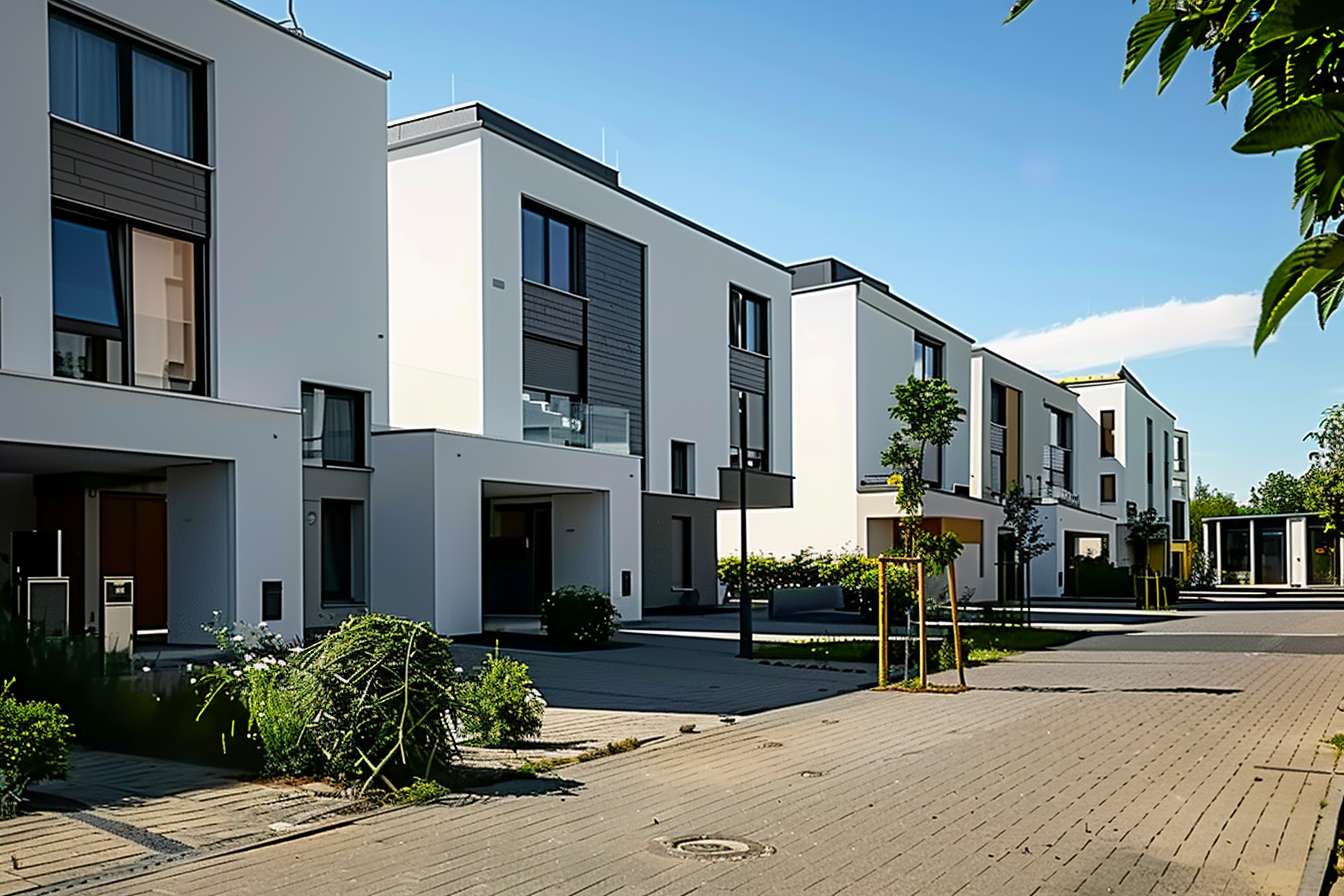The Tiny Home Revolution: Reshaping Urban Real Estate
In an era of soaring housing costs and shifting lifestyle preferences, a new trend is quietly transforming urban landscapes: the tiny home revolution. This innovative approach to living is not just a passing fad, but a movement that's reshaping real estate markets, challenging traditional notions of homeownership, and offering fresh solutions to longstanding housing challenges.

The concept isn’t entirely new—small living quarters have existed for centuries. However, the modern tiny home movement, which gained momentum in the early 2000s, has evolved into a sophisticated market segment with diverse offerings and innovative designs. From prefabricated units to custom-built micro-mansions, tiny homes are challenging the status quo of urban real estate.
The Economics of Going Small
One of the most significant drivers of the tiny home trend is economics. In major cities where median home prices have skyrocketed, tiny homes offer an affordable entry point into homeownership. The average cost of a tiny home ranges from $30,000 to $60,000, a fraction of the price of a traditional house in most urban markets.
This affordability extends beyond the initial purchase. Tiny homes typically have lower utility costs, reduced property taxes, and minimal maintenance expenses. For cities grappling with housing shortages and affordability crises, tiny homes present an opportunity to increase housing stock without massive infrastructure investments.
Moreover, the financial flexibility offered by tiny homes is attracting a diverse demographic. Young professionals burdened by student debt, retirees looking to downsize, and middle-income families priced out of traditional markets are all finding tiny homes to be a viable solution.
Zoning Challenges and Legal Hurdles
Despite their growing popularity, tiny homes face significant regulatory challenges. Many urban areas have zoning laws that prohibit structures below a certain square footage or require them to be on permanent foundations. These regulations, often designed to maintain property values and neighborhood character, can effectively bar tiny homes from many residential areas.
However, the tide is slowly turning. Some progressive cities are amending zoning codes to accommodate tiny homes, recognizing their potential to address housing shortages and promote sustainable development. For instance, Portland, Oregon has introduced specific tiny home regulations, while other municipalities are creating designated tiny home communities.
The legal landscape for tiny homes remains complex and varies widely by jurisdiction. Prospective tiny home dwellers must navigate a maze of building codes, zoning regulations, and local ordinances. This regulatory uncertainty is one of the biggest obstacles to widespread adoption of tiny homes in urban areas.
Environmental Impact and Sustainability
The tiny home movement aligns closely with growing environmental concerns and the push for sustainable living. These diminutive dwellings have a significantly smaller carbon footprint compared to traditional homes. They require fewer resources to build and maintain, consume less energy, and encourage a minimalist lifestyle that often results in reduced consumption overall.
Many tiny homes incorporate eco-friendly features such as solar panels, composting toilets, and rainwater collection systems. This focus on sustainability is not only appealing to environmentally conscious consumers but also to city planners looking to reduce urban environmental impact.
The compact nature of tiny homes also allows for creative urban infill strategies. Vacant lots, underutilized spaces, and even rooftops can be transformed into vibrant micro-communities, increasing urban density without the need for large-scale development projects.
The Future of Urban Living
As the tiny home movement gains momentum, it’s prompting a reevaluation of what constitutes desirable urban living. The emphasis on experiences over possessions, coupled with the financial freedom offered by reduced housing costs, is reshaping attitudes towards homeownership and urban lifestyles.
Developers and real estate investors are taking notice. Some are experimenting with tiny home communities that offer shared amenities and communal spaces, creating a new hybrid between traditional single-family homes and apartment living. Others are incorporating tiny home concepts into larger developments, offering micro-units within more conventional multifamily structures.
The rise of remote work is further fueling interest in tiny homes. As geographic ties to workplaces loosen, more people are considering alternative living arrangements that prioritize flexibility and affordability over space.
Challenges and Considerations
While the tiny home movement offers exciting possibilities for urban real estate, it’s not without challenges. Critics argue that widespread adoption of tiny homes could lead to a two-tiered housing market, with lower-income individuals relegated to micro-dwellings while traditional homes become increasingly unattainable.
There are also concerns about the long-term livability of tiny homes, particularly for families or as residents age. The lack of storage space, limited privacy, and potential for claustrophobia are cited as drawbacks by some.
Additionally, the financial benefits of tiny homes may be offset in some markets by the high cost of land in urban areas. In cities where real estate is at a premium, the savings on the structure itself might be nullified by land costs.
A Small but Significant Shift
The tiny home revolution represents more than just a housing trend—it’s a reflection of changing societal values, economic realities, and environmental imperatives. As urban areas continue to grapple with housing affordability and sustainability, tiny homes offer a compelling, if unconventional, solution.
For real estate professionals, investors, and urban planners, the rise of tiny homes presents both challenges and opportunities. Adapting to this shift will require rethinking traditional approaches to development, zoning, and financing. However, those who successfully navigate this new landscape may find themselves at the forefront of a transformative movement in urban real estate.
As cities evolve and adapt to new realities, the tiny home movement may well play a significant role in shaping the future of urban living—proving that sometimes, the biggest ideas come in the smallest packages.





